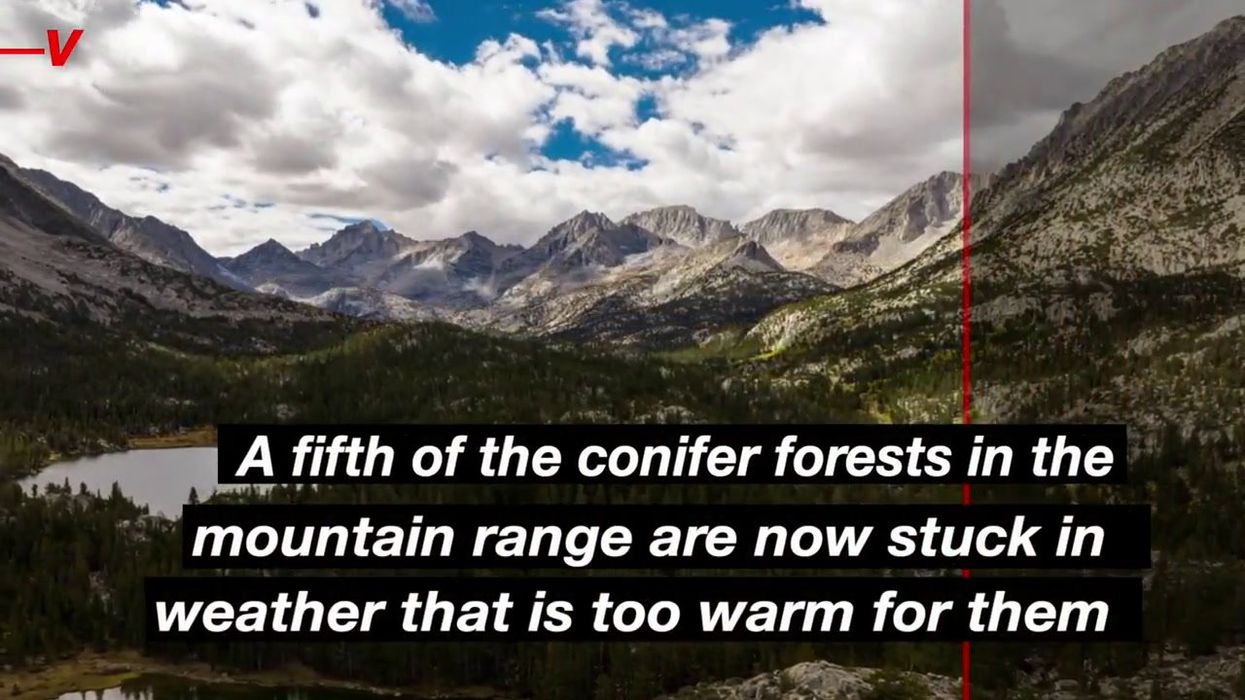Harry Fletcher
Mar 09, 2023
Climate Change is Pushing California’s ‘Zombie Forests’
content.jwplatform.com
Scientists are busy working on reviving 'zombie viruses’ that have been lying dormant for tens of thousands of years, and while it sounds absolutely terrifying, it could be important when it comes to protecting us all in the future.
One of the many worrying things about global warming is the melting of the permafrost in the arctic.
The frozen layer of soil beneath the surface is thawing at a faster rate than anywhere else in the world, as the Arctic continues to warm up four times quicker than the rest of the planet.
It means that viruses which have been lying dormant for up to 50,000 years could remerge and prove a threat to adult and human life.
Sign up to our new free Indy100 weekly newsletter
Scientists are warning that while the threat is low, it’s an area that needs to be addressed over coming years.
Kimberley Miner, who is a climate scientist at the NASA Jet Propulsion Laboratory, said [via CNN]: “There’s a lot going on with the permafrost that is of concern, and (it) really shows why it’s super important that we keep as much of the permafrost frozen as possible.”
Jean-Michel Claverie, who is an Emeritus professor of medicine and genomics at the Aix-Marseille University School of Medicine in Marseille, is one person who is leading the research into frozen viruses.
He has been testing samples from the frozen soil in Siberia in a search for “zombie viruses”, and the age of some of his findings is truly staggering.
The oldest so-called zombie virus he found was radiocarbon dated at 48,500 years old, while another was found in a woolly mammoth’s remains and dated at 27,000 years old.
“We view these amoeba-infecting viruses as surrogates for all other possible viruses that might be in the permafrost,” Claverie told CNN.
“We see the traces of many, many, many other viruses. So we know they are there. We don’t know for sure that they are still alive. But our reasoning is that if the amoeba viruses are still alive, there is no reason why the other viruses will not be still alive, and capable of infecting their own hosts.”
It might sound more like something from a horror film than real life, but research from Claverie and scientists like him could prove vital in years to come.
Have your say in our news democracy. Click the upvote icon at the top of the page to help raise this article through the indy100 rankings.
Top 100
The Conversation (0)














